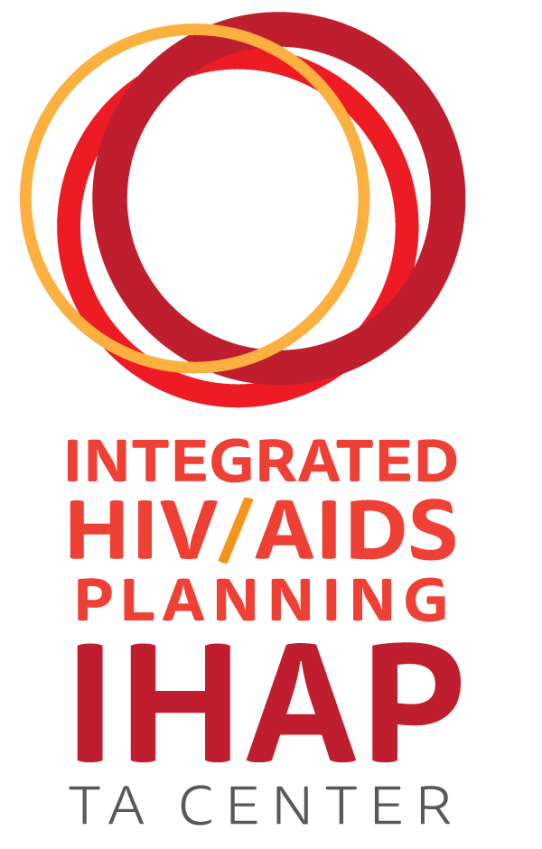Background
Resource allocation is informed by identifying and prioritizing unmet needs, and selecting service categories that can best meet those priorities. Through resource allocation, RWHAP funds are assigned to priority services in order to best meet local HIV care and treatment needs. Allocation decisions are made in the context other RWHAP funds awarded in the same jurisdiction, and other non-RWHAP funds. Including Centers for Disease Control and Prevention (CDC) funds for HIV surveillance and prevention programs and other sources (e.g. Medicaid, Medicare, HOPWA, SAMHSA, state funds, rebates, program income, and private funding).
The Health Resources and Services Administration (HRSA) HIV/AIDS Bureau (HAB) and the RWHAP authorizing legislation set guidelines for the allocation of RWHAP funds. Several of these considerations apply to all RWHAP programs, while some are specific to either RWHAP Part A or B recipients. The CDC and HRSA requirements for the submission of integrated HIV prevention and care plans create opportunities for a streamlined resource allocation process. Please note that non-RWHAP funding sources may have specific requirements and considerations. Jurisdictions should refer to the terms, conditions, and reporting requirements of individual Notice of Awards for guidance.
Sections in this module include:
- Key Resource Allocation Requirements for Both Part A and Part B Recipients
- Specific Resource Allocation Requirements for RWHAP Part A Recipients (EMAs/TGAs)
- Specific Resource Allocation Requirements for RWHAP Part B Recipients (States)
- Considerations for Resource Allocation in the Context of Integrated HIV Prevention and Care Plans
